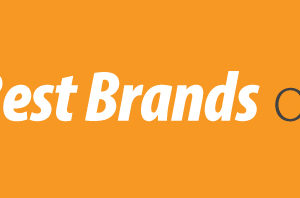
When considering brand strategy, should your company employ a branded house, or house of brands? Which method is going to most effectively promote your brand? How you choose to brand your business greatly affects the public’s perception. Below, we differentiate between the two methods and explore the brand strategies of some of the biggest brands.
Branded House
With a branded house strategy, the firm is the brand. Any sub-brands do not detract from the main brand. This builds a very strong brand; both easily recognizable and memorable.

Lab Brand: How to Manage Brand Architecture Strategy When Extending from B2B to B2C
FedEx
FedEx is one example of branded house. FedEx Express, Ground, Freight are all examples of sub-brands within the corporation. Each brand extension is clearly FedEx first before any other sub-brand, as demonstrated by the logos below. FedEx is always in large font, with the name of the sub-brand underneath in smaller text.

Google has numerous sub-brands, including: Google Drive, Calendar, and Translate. This brand giant knows to keep its name attached to everything it does. Although brand extensions like Drive and Calendar are well known on their own, they are always their primary brand first; Google is listed before the name of the sub-brand in any branding.

Apple
Apple has several products; however, the iPhone, MacBook, and iPad never differentiate from their master-brand. Apple keeps its branding running through all of its sub-brands. Note Apple’s logo located on the back of all the products.

When to Use Branded House:
This is usually the best brand strategy. All resources are devoted to the same brand, rather than split between multiple teams for multiple brands. Google and Apple are powerful brands; clearly there’s a chance to create a great impression.
House of Brands
The complete opposite of a Branded House, is a House of Brands (HOB). As the descriptor implies, sub-brands are featured or promoted, rather than the company or corporate brand. Hierarchies within the company are more complex. Many HOB businesses are consumer products or holding companies, which acquire brands, especially large, global brands with established equity.
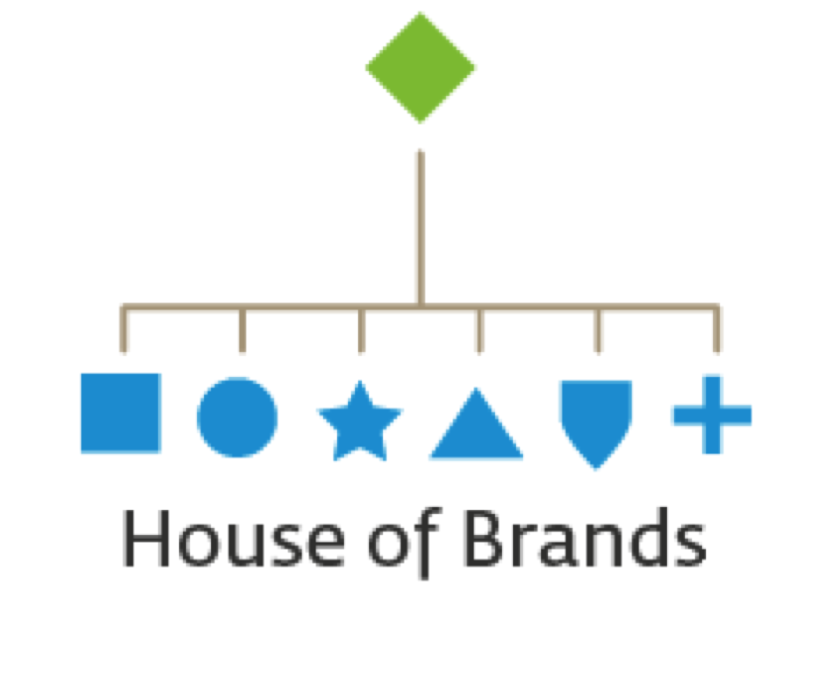
Lab Brand: How to Manage Brand Architecture Strategy When Extending from B2B to B2C
P&G
Recognize any of the brands below? They’re all Proctor and Gamble (P&G)! P&G is a pretty well-known brand on its own, but it’s the sub-brands that are the most easily identifiable. Some of P&G’s most well-known sub-brands include: Tide, Charmin, Bounty, Pampers, and Dawn.

Newell
From household products to school supplies, Newell’s house of brands has you covered. Many of these sub-brands are sure to stir up memories of home, while Newell may ring a dimmer bell. Crock-Pot, Coleman, Expo, Sharpie, Elmer’s, and even Yankee Candle, make up this house.
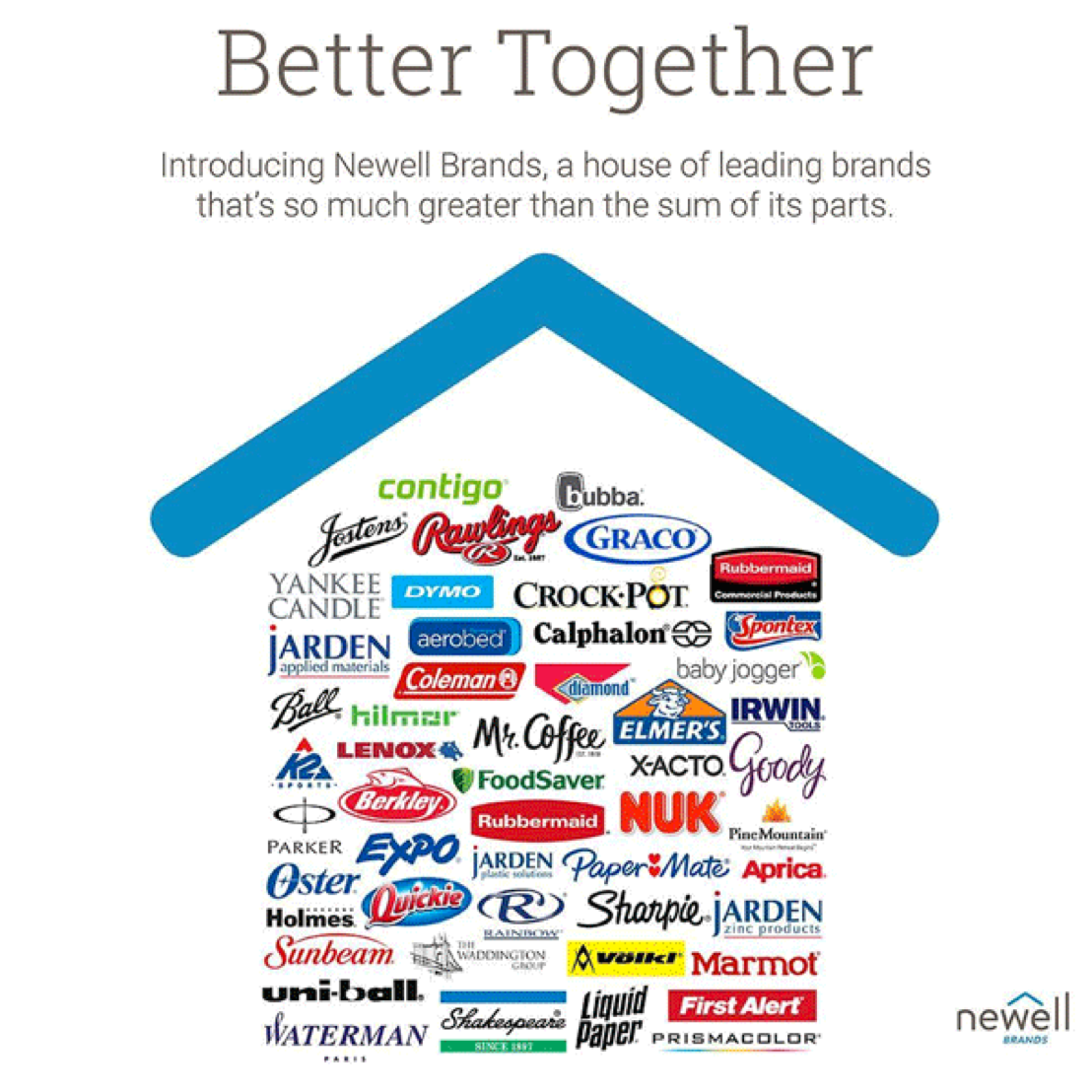
Mars
Snickers, Skittles, and M&Ms may be frequent grabs on your snack run, but less often might you think of Mars Brands bringing these sweet treats together.

Unilever
Unilever has a portfolio that ranges from food to hygiene products. You may have some Lipton products in your fridge or pantry, and Dove located in the shower. Both are major brands in their product categories, but they are both connected as sub-brands of Unilever.

When to Use House of Brands:
While this method works particularly well for consumer brands, it’s usually not advisable for the standard company. Specific funding or liability structures may make a house of brands strategy beneficial, as well as complex licensing requirements. In these special cases, a HOB strategy may mitigate financial or legal risk.
Hybrid
Sometimes, a brand strategy is a combination of the two. In this case, there is one major brand, like Coca-Cola or Pepsi, where the name of the company matches one of the products. Usually through time, the business has expanded its portfolio to include other products. These products are associated with the main company, but are distinct brands of their own.

Lab Brand: How to Manage Brand Architecture Strategy When Extending from B2B to B2C
Coca-Cola
The phrase “Lots of Choices” in Coca-Cola’s below advertisement is very true of the company, with products ranging from soda to water. What makes Coca-Cola different from Pepsi (besides their legendary taste battle), is that Coca-Cola chooses to focus on its beverages, while Pepsi has moved beyond its drink offerings, into food products. As one of the most easily identifiable brands in the world, Coca-Cola is a brand goal any company aspires to. Sprite, Dasani, and Honest Tea are distinct sub-brands, traceable back to Coca-Cola, but known by their sub-brand names.
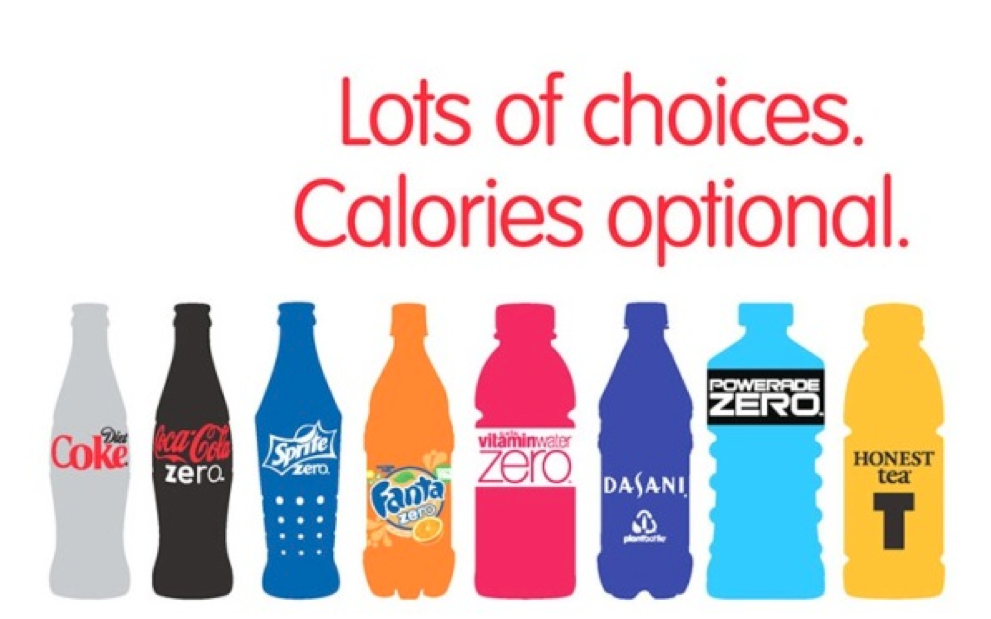
Pepsi-Co
Everyone knows that the perfect match to a sweet soda is a salty snack. Pepsi-Co, like Coca-Cola, is most well-known for its primary product, Pepsi, but has expanded its product offerings. Pepsi moved beyond sodas and into snacks. Each of Pepsi’s many products has a distinct sub-brand.
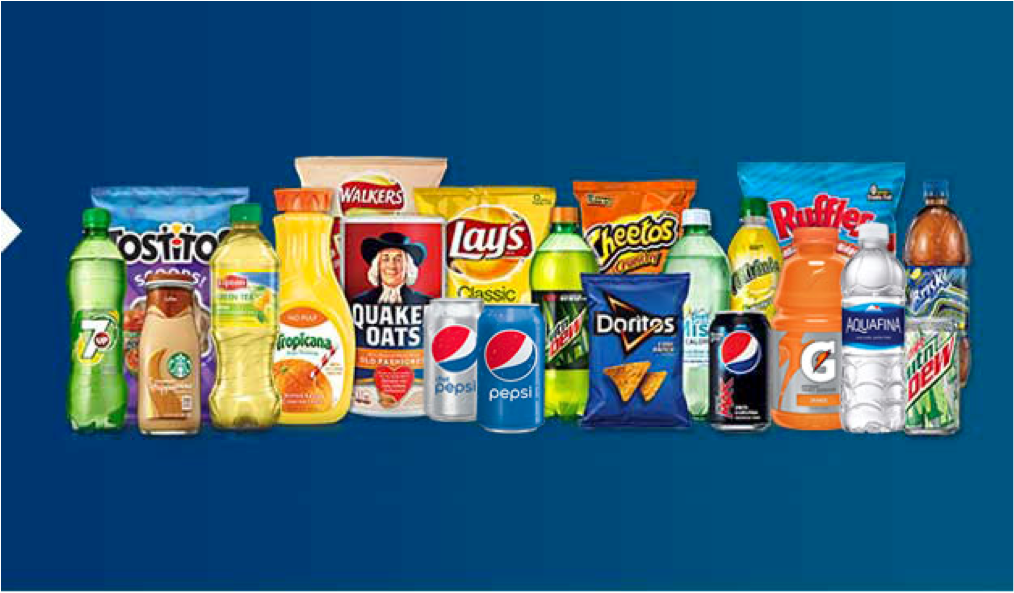
Amazon
Amazon is best known as ecommerce giant Amazon.com, but the company includes many other major web presences. Each of these sub-brands is distinctly different from the primary and very loosely associated with the main brand. Many Amazon sub-brands were acquisitions.

When to Use a Hybrid:
This tends to be a strategy that happens organically. The brand has an initial product, but then eventually chooses to expand its offerings. These brands, like the branded house, have the potential to be giants. A successful product needs to maintain its brand, but if a new product is created and greatly differentiates from the original, it may be smart to create distinct sub-brands.
Which Brand Strategy Should You Deploy?
As stated earlier, branded house strategy should be the default option, but thoroughly evaluate your business. If your company falls into the special circumstances of HOB brands, then that may be the avenue to pursue. If it seems right to move into a hybrid model, carefully do so. Keep in mind that branded house is easier to manage and is more cost-effective, as all marketing is dedicated to one brand. Complex branding structures, like those of the HOB or hybrid, become increasingly expensive and difficult to manage as the portfolio grows.
4 Comments
-
Lindsay, your article was informative. I work for USPS which is one of the oldest branded houses in the United States.
Pingbacks
-
[…] actually the parent company of Secret (learn about how P&G follows the House of Brands strategy here). The following ad highlights this connection and takes clips from several of its popular […]
-
[…] Source: IDeasBIG […]
-
[…] brands doing the work of hundreds of smaller trademarked brands. In that sense, then, a smart brand architecture staves off business bloat, allowing life sciences companies to group all their products under a few […]



